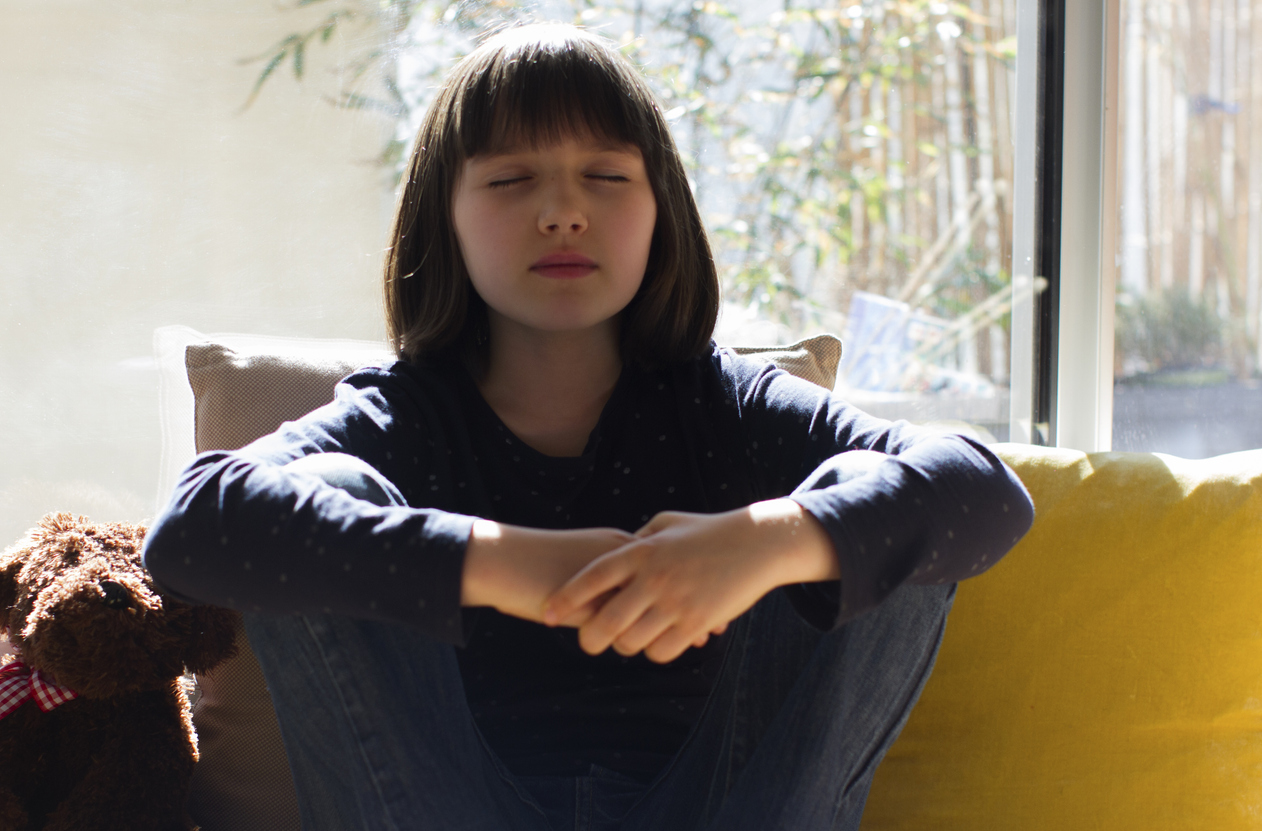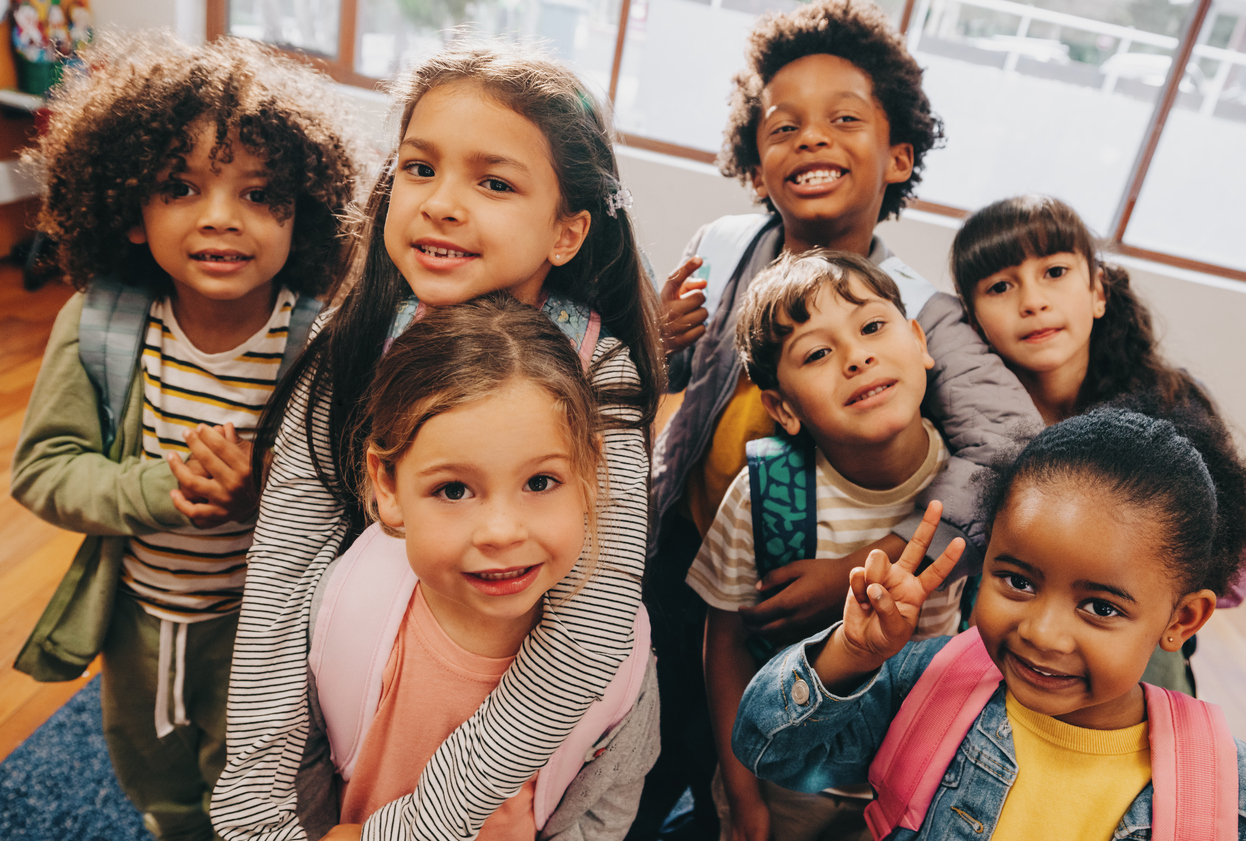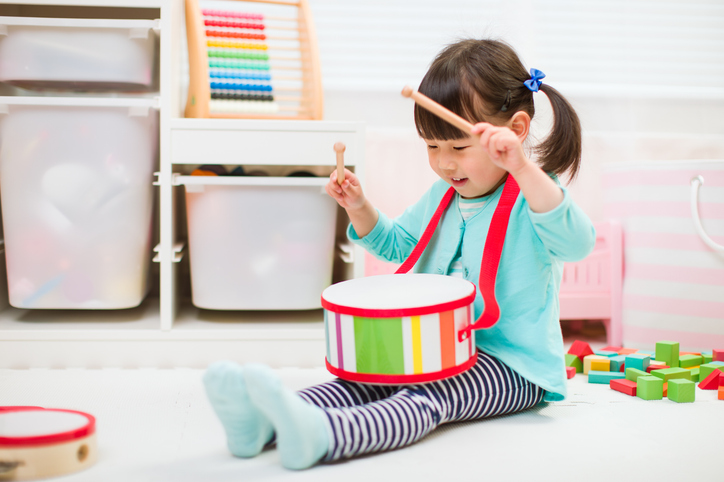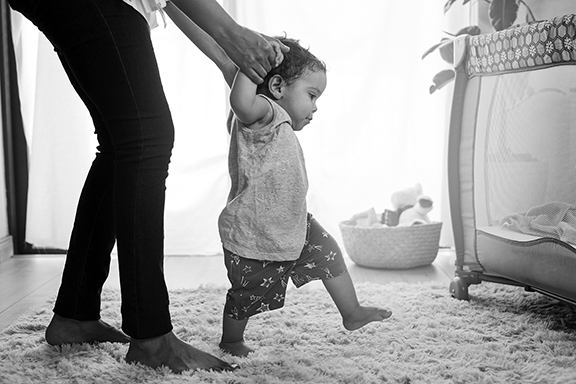New York City as a Classroom without Walls
By Jane Racoosin Director, Beginnings Nursery School
As a child, I can tell you I never thought I would end up working in a nursery school in the best city in the world. Although I grew up just over the border of Washington, DC, in Bethesda, Maryland, we didn’t spend a ton of time in the city, and New York was far from my parents’ minds. After one trip over Thanksgiving weekend when I was about five years old and the next time when I was 16 and attended a wedding, I was smitten. I started to call New York home after first moving here in 1991. Teaching in the city started for me at the same time, and I began to fall in love with the uniqueness that New York provides children (and their parents!) who attend city schools.
It is hard for many to fathom children under five traveling by subway, stroller, scooter, or walking from the West Side to the East Side or uptown to downtown for school. But that is what all the little ones who come to the school where I work do! For all children, taking a look at what happens on the way to school is an adventure in itself, similar to the sights and sounds of the city as captured by author Amos Vogel in “How Little Lori Visited Times Square.” Children get to see a lot, and there are relationships to be had and nurtured along the way. The workman on a construction site, the cashier in the corner bodega, the barista in the coffee shop, the bus driver, and the farmer in one of the many excellent greenmarkets in the city. A walk to school is more than just a walk for sure. Usually, it is a learning journey.
Once children arrive at school, it is what is being talked about and discussed that is different. For city kids, there is much more variety over the suburban school of my experience working in one. Conversations during circle time might turn to who changes the color on the Empire State Building or what happened to the scaffolding going up on the building next door or why do we notice that fallish smell along the ginkgo-lined streets. And although some questions are unique to New York, there are universal queries as well: about the leaves, seedpods, and crabapples growing and changing; the worms found on cracks in the sidewalk; the squirrels darting in the park; the magnolia petals “littering” sidewalks and park pathways. Being able to expand on these conversations with children encourages and empowers them to open up and expand on topics they think about and want to share.
City kids dive deep into curriculum in school, and so much of it is what defines New York, what makes it such a special place of learning. Sure, you can have a building curriculum in Iowa, but it is just not the same as constructing a building a city kid has just seen that morning. I mean it could be that a child saw the Flatiron on the way to school, and then decides to research it: in the classroom, perhaps, or maybe on a field trip or city walk. How great that a classroom teacher can assemble a group of kids right outside the classroom door and guide them on an urban adventure to investigate the learning themes and concepts of the day. A recent curriculum about honey took hold after a group of children walked to the Union Square Greenmarket. The farmers and their produce are a huge resource for young children. Students can take their time, slow down, and follow their interests and instincts, turning a seemingly simple learning experience into so much more. The honey did just that. It is these times when you just have to say, “Wow, how lucky to have the ability to ask questions and get information from farmers in the city.” They come from far and away, but when the opportunity presents itself, it becomes a first-hand experience, attracting and extending learning that lasts. Who can turn away?
Even if a school has its own backyard or outdoor space, taking children to local parks, playgrounds, and gardens lends itself to nature investigations, physical activities, studies of landscapes and skyscapes, watching and listening to birds and insects, and so much more. Many city parks have public art to simply sit and observe. It is completely immersive. Who knew four- and five-year-olds could learn about modern artists like Sol LeWitt, Roy Lichtenstein, and Elizabeth Catlett by just simply walking through a subway station. Or visiting City Hall Park, Four Freedoms Park, Riverside Park. Or seeing tree houses being constructed in the trees in Madison Square Park. That particular installation was yet another relationship connector when the artist happened to be on site during a school visit.
And just think of the integrated learning opportunities of visiting historic homes and birthplaces of well-known authors, musicians, and politicians. Students can listen to the music of Louis Armstrong, then visit his home in Queens; read poetry by Langston Hughes and walk by his Harlem brownstone; tour the Theodore Roosevelt National Historic Site and learn of his role in local lawmaking; and so many other experiences that connect the classroom to the city and its treasures. Museums, too, in every New York neighborhood span interests from MoMath to Isamu Noguchi to the Fire Museum.
Community gardens offer many additional lessons, building understanding of how neighbors work together to create safe and beautiful spaces for all. When there is an awareness of nature in the city, students can produce observational drawings and photos; they are able to spend time outdoors sketching, gardening, and playing; and they build a community of their own right in front of them, experiencing and mastering things both challenging and rewarding.
I cannot fail to mention there is nothing like the foods of New York. Even the pickiest young eaters, when exposed to cooking opportunities in or near school, tend to taste what they grow and make. New York offers foods from so many different parts of the world in neighborhoods throughout all five boroughs. And how fun it is to discover new foods and recipes together by noticing what grows outside a classroom window. Taking that seed of inspiration planted at school and turning it into food for thought opens eyes, minds, and hearts. Various cultures and traditions are always within reach in New York, allowing ideas to take place that are incredibly enriching and rewarding.
Jane Racoosin is executive director of Beginnings Nursery School and has been involved with the program and its community since 1992, serving in a variety of different positions and roles.
This article appeared in the 2024 issue of the Parents League Review. Get the current issue of the Review free with a family membership. Or purchase it separately.











